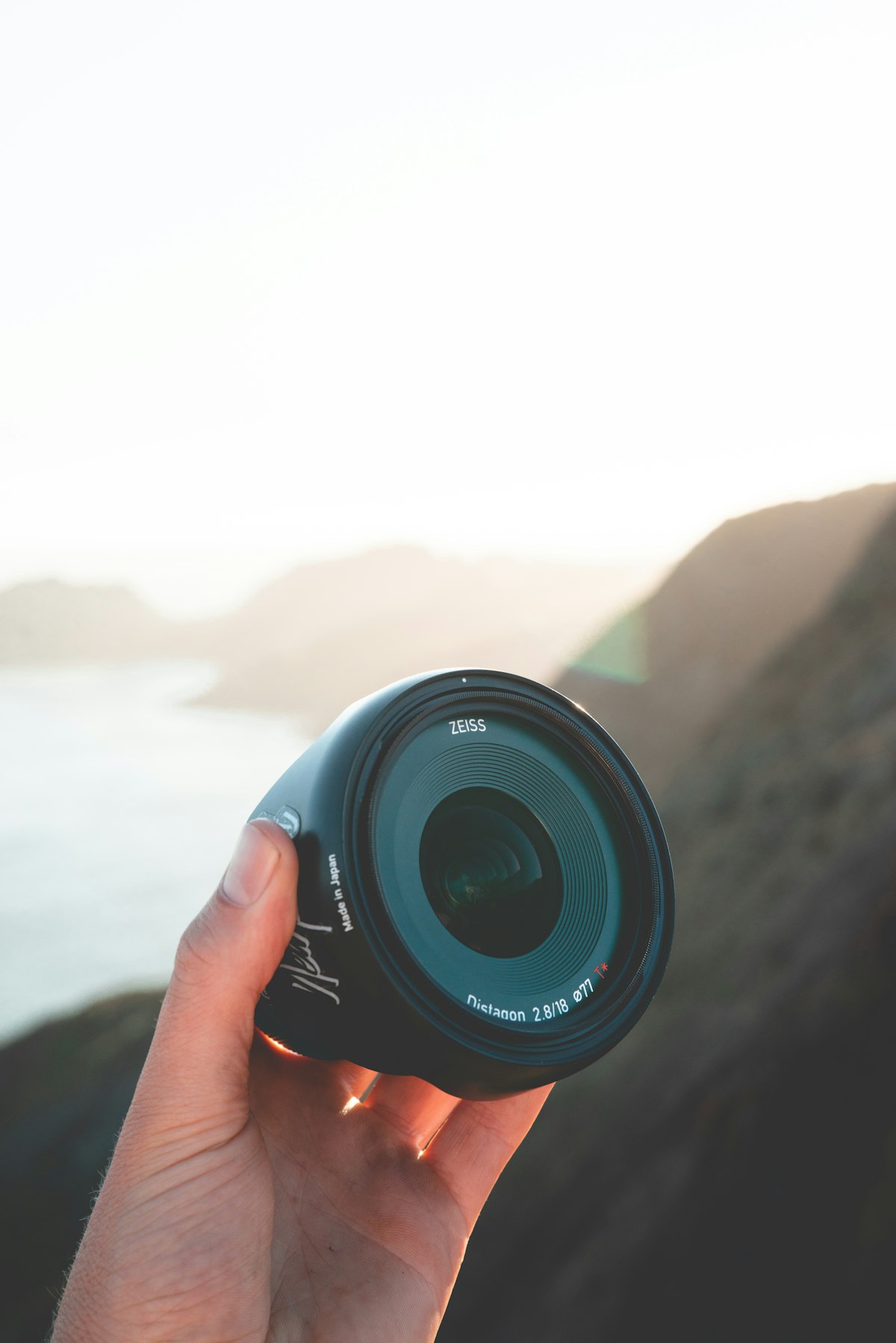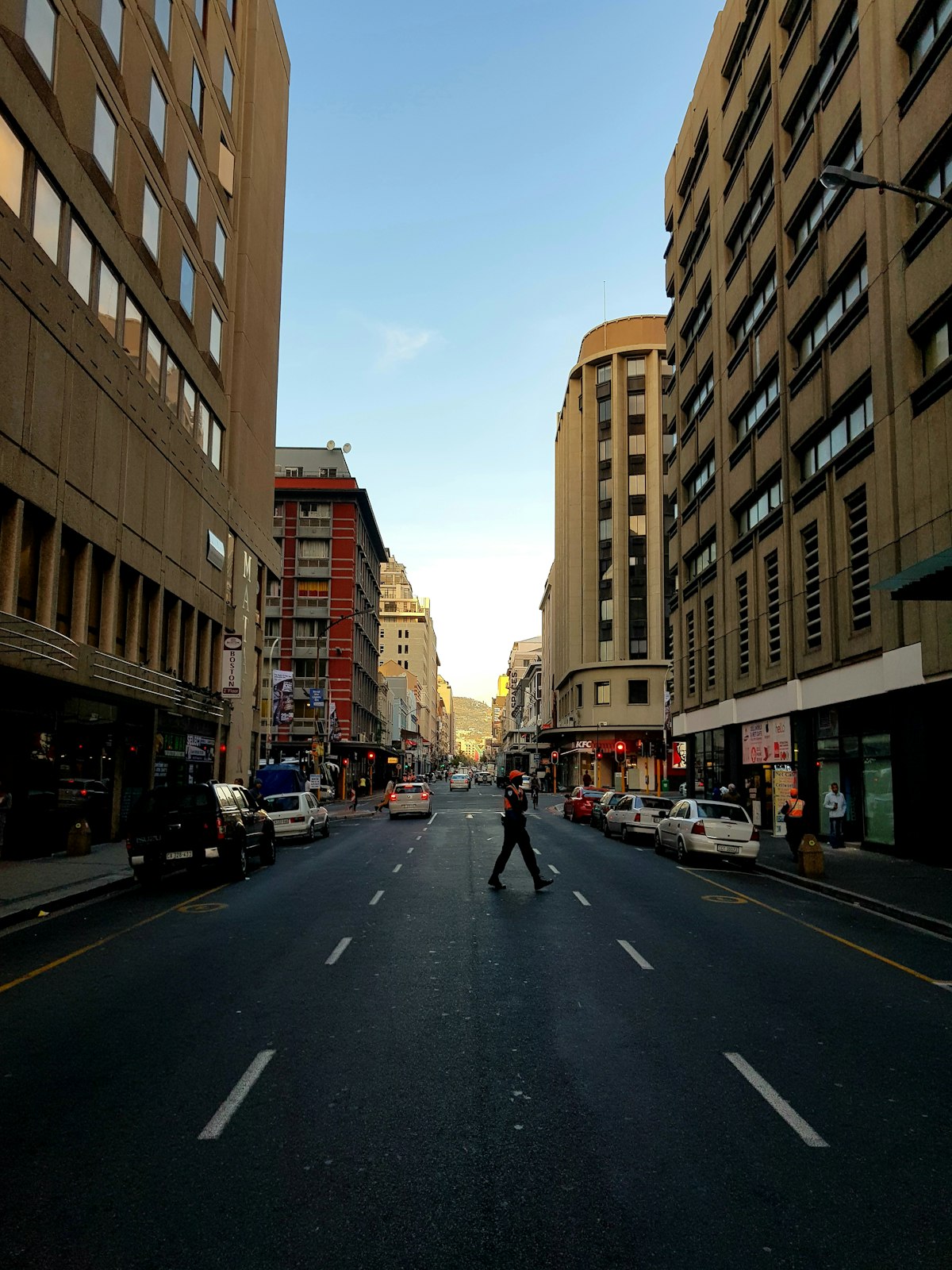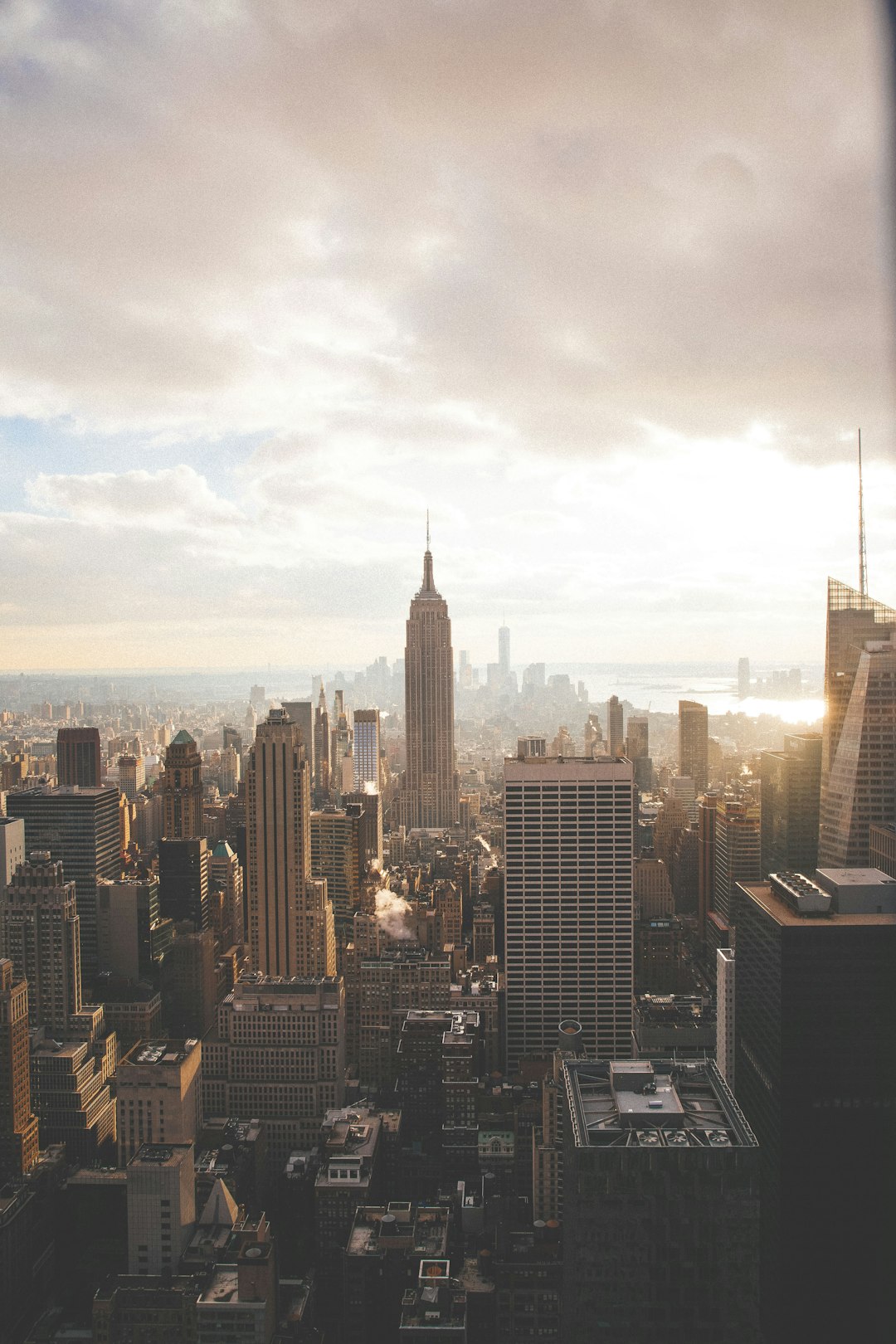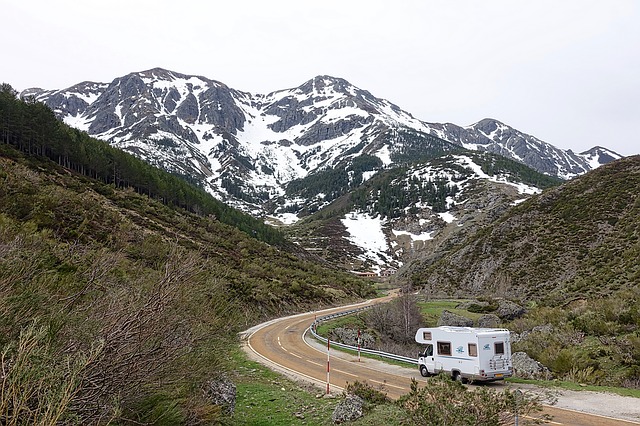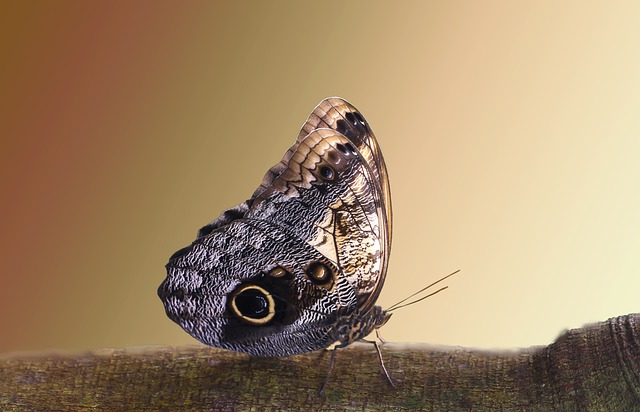
Photography is a great way to express your artistic side and is a great hobby. If you desire to be one of those people, the advice in this article can help you improve.
Strive to create some perspective of depth whenever you are shooting landscapes. Create a good sense of scale with the use of a recognized object in your foreground. A small aperture–no more than f/8 on a digital camera and no more than f/16 on a SLR–can show sharpness in both the background and foreground.
While days that are filled with sunshine may be beautiful to behold, they are not so wonderful when it comes to taking photos. It causes awkward shadows, uneven highlights, and may cause your subject to squint when they face your camera. When taking pictures outdoors, early morning light or late evening sunshine will result in the highest quality photographs.
The first step of any good photograph is finding a suitable subject. An interesting subject can help, but it is up to you to make your subject interesting thanks to your creativity. Carefully choose objects that inspire you, or find a model who will pose for you.
Your arms should be near your body when holding the camera, and make sure your hands are on the sides and bottom. This keeps the shaking to a minimum and your shots will be more clear. Keeping your hands under the lens and camera, instead of holding it at the top, will also help you avoid dropping the camera by accident.
The ISO, aperture and shutter speed are an important part of photos so make sure you know the combination that works best for you. The picture exposure is dictate by these three items. You do not want to have an overexposed or underexposed photograph if you can avoid it, unless this is what you were originally looking for. Play around with these three settings to see how they work together and which combination will create the most interesting shot.
Utilize the different functions of your camera and various colors or angles to create interest in your images. It is possible to take very interesting, high-quality photographs without focusing on traditional subject matter. A great picture will make an every day object look interesting and show your creativity off. Try different things to find a style that suits you.
Learn how to compose your photos properly to improve their quality. Whether you want to be a professional photographer or just want to take photos for fun, your photographs can benefit from learning composition principles. If composition is lacking, your photograph as a whole will feel as if it’s lacking something. Study different composition methods and practice them. This will make you a much more well-rounded photographer.
External Flash
As you journy to new and different places, look for tips on what interesting things there are to photograph. To find some help in choosing your starting point, check out some postcards! Postcards generally have landscape pictures of different attractions that you may find to be interesting.
Most digital cameras have built-in flash components that automatically pop up when the light is dim. While convenient for snapshots, a more professional solution is to use an external flash to take advantage of more lighting options. Ensure that there is a “hot shoe”, or port that allows external flash, on top of the camera. Most devices available can sync perfectly with compatible cameras.
There are three key factors in creating an amazing landscape photograph that you’ll be proud to show to family and friends. These three include a background, a mid ground and foreground. These fundamentals are used for all different types of art.
There is no special formula that automatically produces a skilled photographer. Experiment with the settings on your camera to see how they affect the photographs. It’s not necessary that you develop or keep every shot yourself, particularly with digital. You can get better by taking pictures of what you see and later judging it to see if it can be better.
Shoot fast when you take pictures. The moment you want to capture is not going to last, so be prepared. The moment can be gone when smiles get weary, children and pets get restless, or the scene changes. Don’t worry about perfecting the settings if it means risking losing a good shot.
When taking indoor photos that are under fluorescent lights, try adjusting the white balance for your setting. Because fluorescent light tends to be greenish or bluish, it may cause your photos to look cold. Adjusting the red tones on your camera will remedy this situation.
Look for patterns in the background when taking photographs. Patterns give your photo increased visual interest, particularly if they repeat. You can use the patterns to your advantage by creating different angles and backgrounds with your subject.
Have you ever wanted to photograph subjects that were wet or left in the rain? There’s nothing wrong with making your own rain. Pack a spray bottle along with your photography gear, and give your subject a light misting before shooting it.
Learn to use the image sensor optics (ISO) settings of your camera or it could work against you. You need to keep in mind that if you increase the ISO it increases how much light is let into the camera; this then affects the print and grain on your picture. This can totally ruin some shots, while the grain can enhance other kinds of shots.
Read your camera’s instruction manual. Manuals can be thick, heavy and contain a lot of technical terms. Most of the time they get thrown away or put away and forgotten. Take your time to read and study your manual instead of just throwing it away. Doing this can drastically improve your photos and solve the common problems and questions that come up.
Vary the angle at which you take shots to increase their artistic value. The straight-on point of view can be effective, but is all too common. Try looking at things from above, or look at them from below. Try composing a shot on the diagonal or from the side to make it more interesting.
Once you decide to take a photo, hurry up and do it. To capture good action shots, you need to have your shutter speed feature set to high. Don’t miss a golden opportunity before it leaves once more. People can tire holding a smile, animals can run, or you could lose that “perfect” candid moment and then the moment will have passed. Don’t worry about perfecting the settings if it means risking losing a good shot.
Edit your photos yourself! There are lots of different editing software programs you can use. When comparing different options, you should take note of the number and range of photo-editing tools in each package. You should use a program you feel comfortable with.
A basic tripod is a great accessory to invest in. Even small movements can affect your images, particularly if the subjects are in motion or the photographs are being taken at a low shutter speed Buying a tripod, even a very inexpensive one, can help eliminate all traces of blur from your photos. Get professional quality images and avoid unpleasant surprise by using a simple but solid tripod.
You can improve your photographs by using a tripod. This will prevent noticeable camera movements when you are shooting low-speed or active photos. Using a tripod, even if it’s not an expensive one, can resolve problems leading to blurry images such as slightly shaky hands. A tripod will change your pictures from ordinary to incredible.
Identify the theme or concept of every photography session. Take the time to jot down some ideas that will make your shot a better one. Photography is an art that is shown by the execution of a solid plan and attention to detail. Take your time, and you will enjoy much more impressive photos.
Although the quality in cell phone cameras has drastically increased, you should watch out for issues with lighting. Most of the time, cameras in cell phones don’t have any flash available, so you will need to make good use of your available light. Zooming in on your subject can also be helpful to avoid sunspots or shadows.
Get your subject into the most flattering position. Candid photos, like from family events, never turn out as good as posed pictures. This will give you a better chance of getting that perfect shot.
It is important that you understand when you should or should not use the flash function on your camera. Don’t just turn the flash onto automatic and not reassess it ever again. In many cases, the light from the flash could ruin the overall effect. At other times, low light makes a flash necessary. So don’t forget to use it when you need it.
Photographs of people don’t have to be limited to facial shots. There are so many attractive parts of the body that are used as subjects of photos.
When you are trying to get a close-up shot, use your optical zoom as opposed to the digital zoom. You can continue zooming much closer to your focus subject; however, the image will have sacrificed quality when digital zooming is used. When you are using digital zoom, many cameras are set up to interpolate pixels, while adding them to your image. This will result in a decreased image quality. Consult your camera’s owner’s manual to determine how to turn you camera’s digital zoom mode.
Lithium Batteries
Keep photographs balanced. By carefully balancing all images in your photos, you’ll have pictures good enough to be displayed in an art gallery. Take out all the distracting objects, make sure the horizon is level, and have your subject properly placed and not in some awkward position.
Avoid buying a camera that require lithium batteries if you plan on traveling by air. Lithium batteries have been known to overheat and cause fires; therefore, they are banned from carrying on airports. However, the exception states that you may bring this type of battery on the plane as long as they are in your camera.
Try to be close and personal. Zooming, moving and cropping the image to best fit the frame you are using is recommended. The main subject should fill the entire frame of your picture. A busy background, even a really interesting one, can focus the viewer’s eye on it, rather than the subject. When the subject is close, details appear more engaging and visible.
To get the best shots in dim or dark situations, you need to decrease your camera’s f-stop, or aperture setting. When this is done, your aperture opens to its maximum extent to let as much light enter as possible.
There are cases that you can purchase to protect your camera and lenses; this is a recommended purchase. A lot of times your camera can be damaged because you did not take care of it. These kinds of cases can easily be found in electronics stores, or other stores that sell cameras.
If you wish to take really good pictures, it is important that you are familiar with your camera. Do research online, and talk to others to understand its various features.
A faster shutter speed is needed when taking photos in low level lighting. This can help eliminate blurring when you’re taking a picture. You want your shutter speed to be a minimum of 1/200th or 1/250th of a second.
Focus on shutter and film speed, aperture, and other things that relate to exposure. Exposure knowledge will greatly enhance your photography skills.
Setting the white balance manually will help with taking better pictures. Almost all cameras automatically adjust the white balance. But, to control your own shots, manually set it. By making this adjustment, you can eliminate the yellow tint that sometimes plagues photos taken near incandescent bulbs. Done the right way, this can even change the entire look and feel of your final shot.
If you are using a flash in the dark, know the range that your flash has. If you do not know how long the range is and take a photo, things may be dark in your photo. Do some experimenting with your flash prior to taking photos in the dark.
Pay attention to the white balance feature of your camera. The color of light in your photos will affect their outcome. Every type of light produces some kind of shade of color, and to get the proper look in your photos you need to be sure to use the proper lighting.
Your photography skills will improve from a mere hobby to a work of art. Using the tips in this article, you can become a photographer, and create images that you can be proud of. Take these tips to heart and use them. Practice will create great results.
Look into and play around with the manual settings on your SLR camera if you want to get better at taking photos. With the advent of digital technology, it is easier than ever to create beautiful and affordable images. You can now teach yourself how to use your camera’s advanced settings through trial and error with absolutely no risk or expense.
You will become a pro the more you learn about Gopro Accessories,ergonomic pillow
nurse home waterproof mattress protector
encasement mattress protector. Use what you learned here to assist you in getting started. Try out things at your own pace and you will eventually find success.






